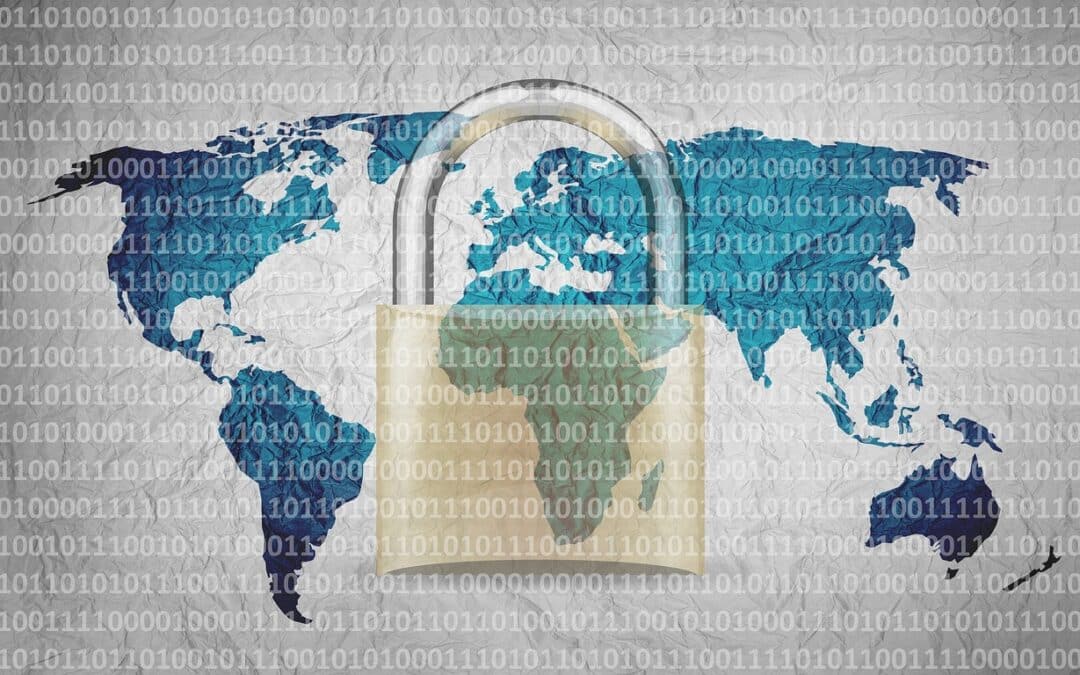 No business wants to suffer a data breach but when this occurs, time is of the essence! Early detection of a data breach allows organizations to minimize potential damage caused by the breach and enables swift containment, preventing further unauthorized access and mitigating the impact on sensitive data and systems. Identifying a data breach quickly also ensures timely detection required by industry specific compliance requirements are met. Furthermore, early detection of a data breach helps preserve an organization’s reputation and trustworthiness by demonstrating their commitment to having proper tools in place to handle a data breach and transparent communication with all parties affected.
No business wants to suffer a data breach but when this occurs, time is of the essence! Early detection of a data breach allows organizations to minimize potential damage caused by the breach and enables swift containment, preventing further unauthorized access and mitigating the impact on sensitive data and systems. Identifying a data breach quickly also ensures timely detection required by industry specific compliance requirements are met. Furthermore, early detection of a data breach helps preserve an organization’s reputation and trustworthiness by demonstrating their commitment to having proper tools in place to handle a data breach and transparent communication with all parties affected.
How does an organization know they suffered a data breach? Some indicators include:
- Unusual Network Activity: An increase in unusual network traffic, such as large volumes of data being transferred to unknown or unauthorized locations, can indicate unauthorized access or data exfiltration.
- Unexplained System Outages or Performance Issues: A data breach may cause unexpected system outages, slowdowns, or performance issues as attackers exploit vulnerabilities or launch denial-of-service attacks.
- Unexpected Changes in User Account Activity or Log Files: Monitoring for unusual or unauthorized changes in user account activity, such as multiple failed login attempts, changes to access privileges, or suspicious logins from unfamiliar locations, can help detect potential breaches. Log files with anomalies, such as unauthorized access attempts, unusual patterns of access, or activities outside of normal operating hours, can reveal signs of a data breach.
- Presence of Malware or Suspicious Files: Detecting the presence of malware, suspicious files, or unauthorized software on systems and endpoints can indicate a security compromise and potential data breach.
- Customer Complaints or Reports of Suspicious Activity: Customer complaints about unauthorized access, suspicious transactions, or identity theft can be early indicators of a data breach affecting customer data.
- Security Alerts from Monitoring Tools: Security monitoring tools, including intrusion detection systems (IDS), intrusion prevention systems (IPS), endpoint detection and response (EDR) solutions, and security information and event management (SIEM) platforms, may generate alerts and notifications about suspicious activities or security incidents that could indicate a data breach.
If your organization suspects a data breach has occurred, the following are a few suggestions for next steps:
- Engage with your IT Security: As soon as you suspect a data breach, make sure to work with your internal IT team or your IT provider. IT professionals know how to contain and assess the breach as well as determine what additional security measures need to be taken. They will also be able to restore data using system backups.
- Notify All Involved Parties: After notifying your IT professionals, make sure to notify your cyber insurance provider. It is likely they will require information that is learned via your IT professionals about the breach and guide you with nest steps and options from an insurance coverage standpoint. Depending on the data affected, you may also need to contact any parties affected by this such as customers, partners, or regulatory authorities.
Contact us to learn if you have the solutions in place to ensure you are properly protected from experiencing a data breach!

